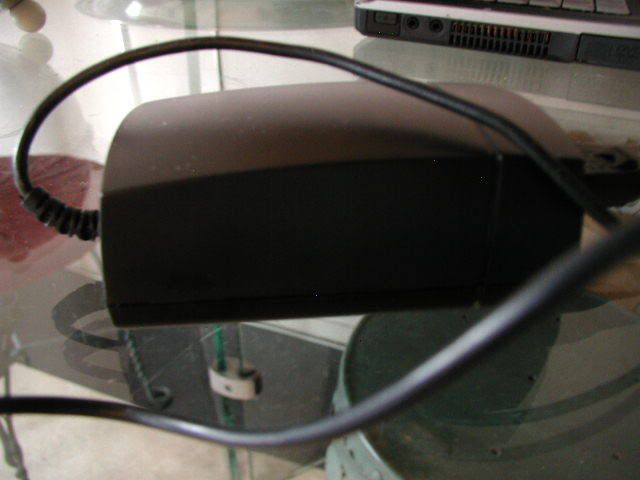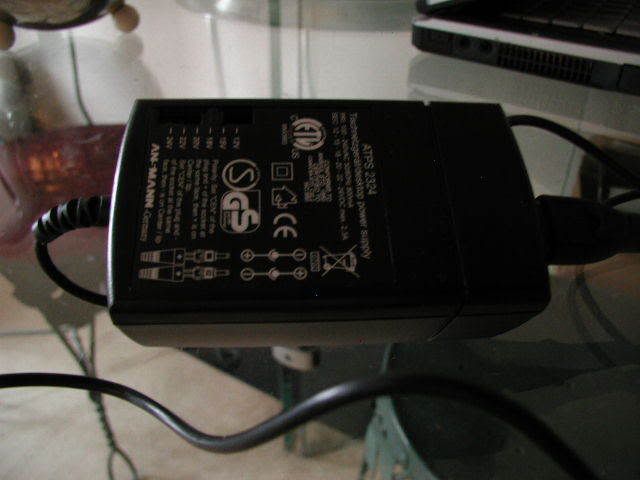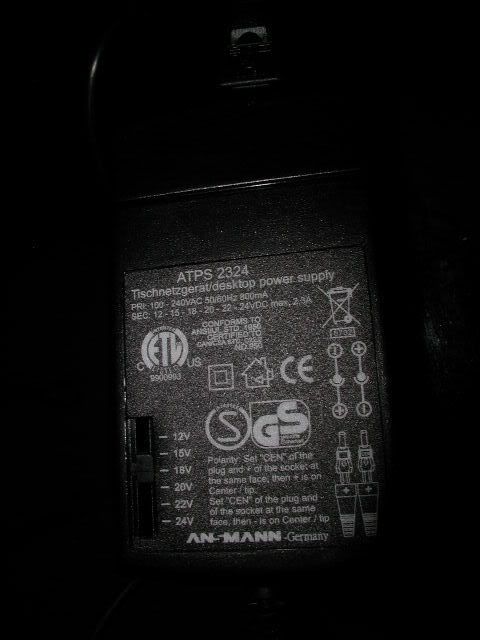Quote:
Originally Posted by NelsonVandal /img/forum/go_quote.gif
I can see no blown components at all. Exactly what is the problem. Is it totally dead? No sound? Faulty sound?
|
It's dead, no led, no sound
[/QUOTE]Very strange, I can't see any battery connectors on the board. How do you connect the batteries? Have you tried the amp with two non-rechargable batteries (if you do, do NOT connect the PSU).[/QUOTE]
It's the XP and not the Standard Lisa. The rechargable battery pack is attached underneath the PCB. The batteries are linked to the adapter input. So there is there are no rech
[/QUOTE]Can it be the DC connector that's bad. There's a switch in it, switching the batteries for charge or load when plugging in/out the DC-plug. Or can it be the on/off switch that's bad.[/QUOTE]
Since you have a multimeter, you could do some measuring to see where the power dies, but if you do, be very careful not to short anything. You could measure on the jack, switch and on one of the three larger caps, just to see where there's power.
[/QUOTE]But... this is a very expensive amp, and whatever you do, you risk to void your warranty, and I really think that this problem should be fixed by the manufacturer.[/QUOTE]





